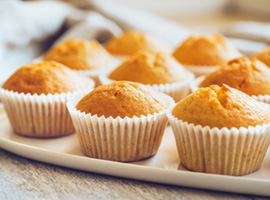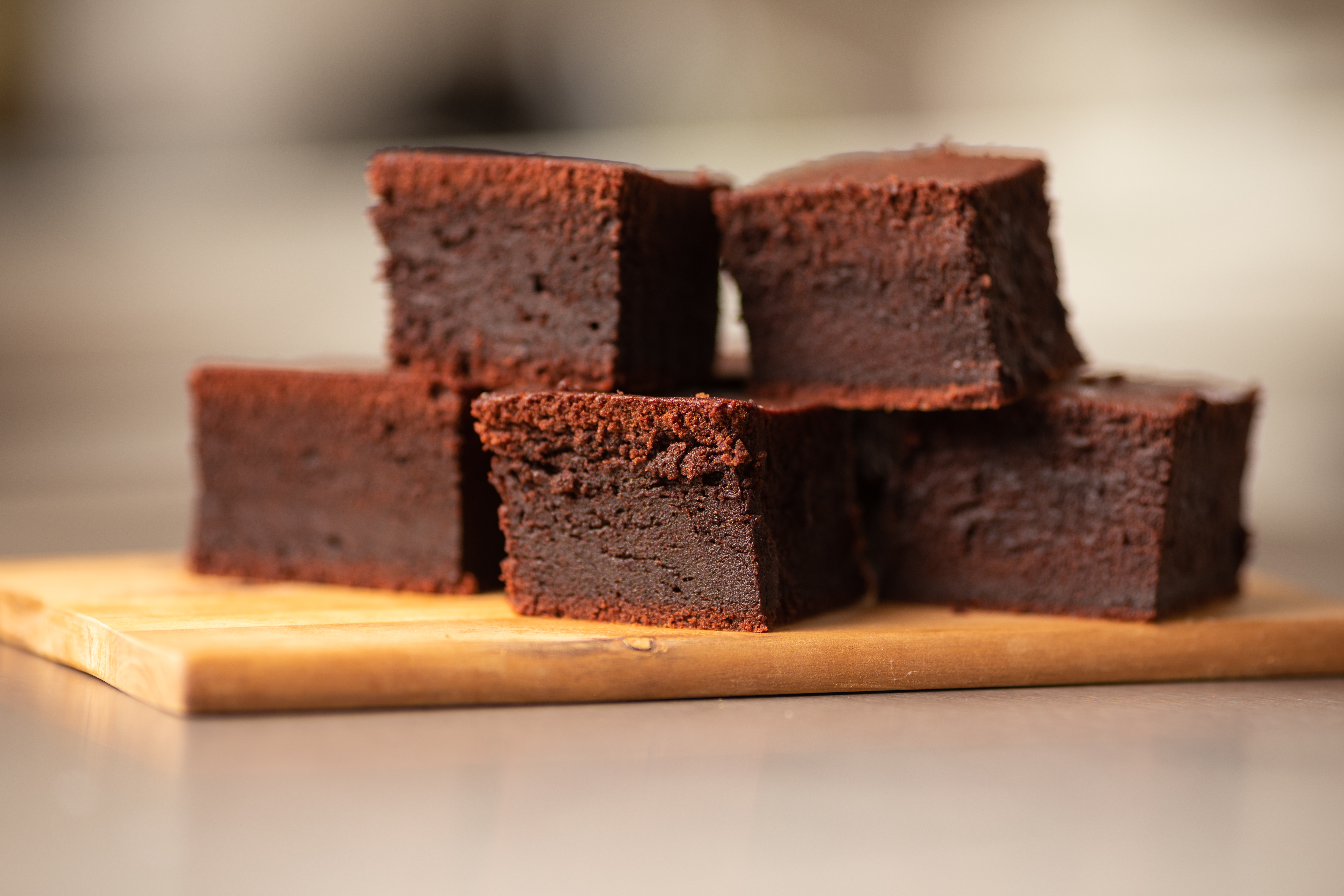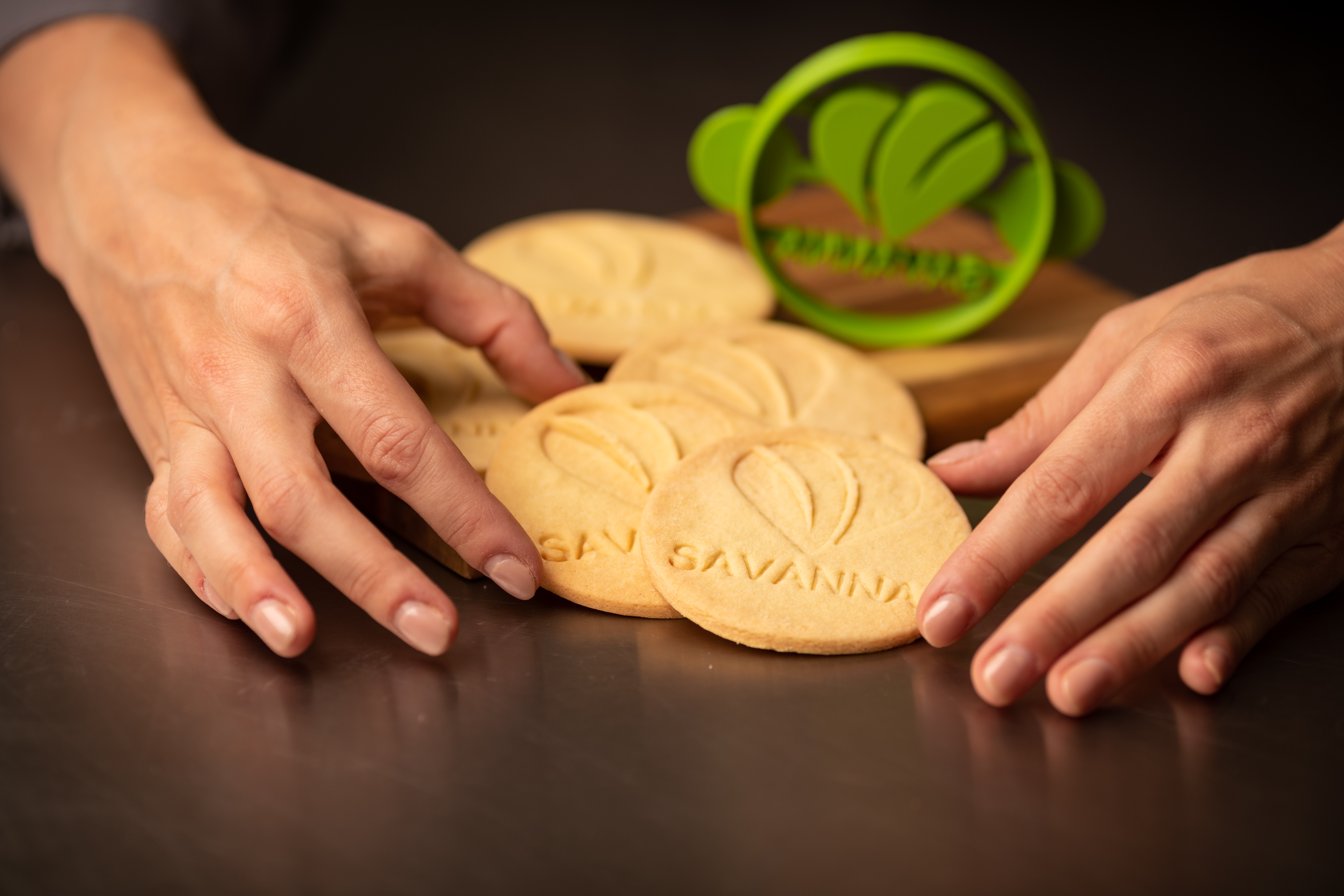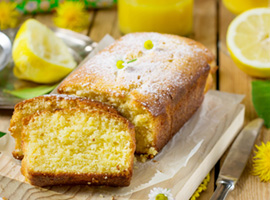Every year, more than
10 mio. tonnes of sucrose
are used in baked goods worldwide.
(Euromonitor, 2021)
Sucrose accounts for more than
90% of the amount
of sweeteners used in baked goods.
(Euromonitor, 2021)
Worldwide, more than
25,000 new product launches
annually in baked goods.
(Innova, 2021)
Your Challenges – Our Solutions

Characteristic browning effect
The golden-brown crust is one of the special features of many baked goods. The maillard reaction plays an essential role in this context. The issue with low-calorie sweeteners or sugar alcohols is that they do not undergo the maillard reaction, which results in the absence of the characteristic browning. This is different with allulose; Monosaccharide reacts with amino acids just like other sugar molecules. This creates the typical brown colour and the special taste.
Read more about the characteristics of allulose.

Calorie-free sweetness
Delicious baked goods with a low calorie content are not an impossibility: Allulose indeed has a typical sugar taste, without any off-flavours that are typical for sweeteners and sugar alcohols. Nonetheless, allulose is characterized by a low energy density: At 0.2-0.4 kcal/g, the low-calorie sugar has less than a tenth of the calorie amount of sucrose (4 kcal/g). How is that possible? The human body does not metabolize allulose, so it also does not provide any energy. This way, the calorie content of baked goods can be significantly reduced without any loss of taste.
You can learn more about the metabolism and digestion of allulose here.

Clean Labelling
Clean labelling is becoming increasingly more important for consumers. Products that a free-from additives and E-numbers thus have a competitive advantage. Allulose is a low-calorie sugar that is not classified as an additive but as food. The product is currently in the process of being approved as a novel food. This enables clean labelling of the final product. Another advantage is that allulose, like sugar, has body-giving properties. This means that no additional filler is necessary, which would potentially need to be declared as an additive.
You can find more information about the technological properties here.

Fresh for long, longer shelf life
A moist crumb is not just a quality feature of baked goods. It also shows that the product is particularly fresh. Allulose is a simple sugar and entails the following advantage in baked goods: It binds water better than sucrose; the crumb thus dries out more slowly. The product appears presentable and fresh for longer.
Furthermore, products with allulose have a longer shelf life. This can be seen in the example of a pound cake: an allulose-based product has a lower water activity in comparison to a pound cake with sucrose, an indication that allulose extends the shelf life of the product.
Find out more about the technological characteristics of allulose here.
Our solutions – your benefits
ALLULOSE




Your contact
Photo credits
Header: © SAVANNA Ingredients
Content (top to bottom): © iStock / Xsandra, © SAVANNA Ingredients (2 x), © iStock / larik_malasha, © Pixabay

